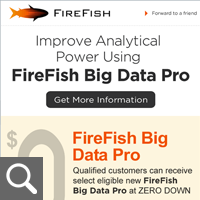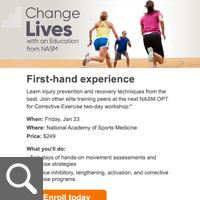Digital Solutions
Effective Headlines
“We know that 50 per cent of our target are likely to read our headlines. But are they going to understand it?The study went a step further by finding out how many of those who read the headlines actually knew what those headlines meant. The results were frightening.
Here’s a case in point:
In Victoria, when random breath testing was introduced, the traffic authority there ran an educational campaign under the slogan Don’t Blow Your Licence.
In New South Wales, the campaign director thought that slogan was too cumbersome, and not snappy enough. He determined it should be simply Don’t Blow It.
This became the headline on the NSW leaflet and posters. But when the comprehensibility of this was researched, it was found that while 100 per cent of those who read the headline Don’t Blow Your Licence understood precisely what it meant, only four per cent of those who read Don't Blow It could explain what the headline attempted to convey.
Some of the respondents thought the leaflets were advocating civil disobedience by refusing to blow into the bag.
...So the answer is: use the headline to support the text, giving the eyes something to fix on, and make sure it carries the message...
...Headlines should contain sufficient of the message to be able to stand on their own—as they frequently have to do. Teasing or intriguing headlines, unless they contain the message, may fail.”
Communicating
OR JUST MAKING PRETTYSHAPES
by Colin Wheildon

